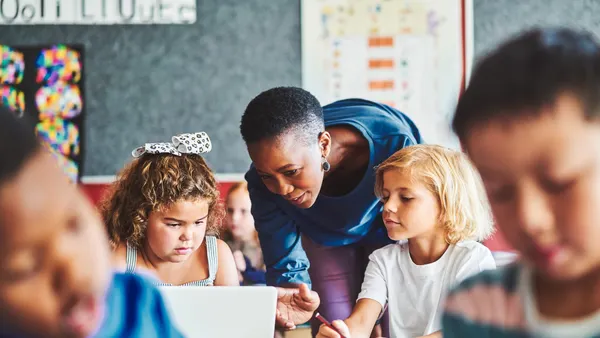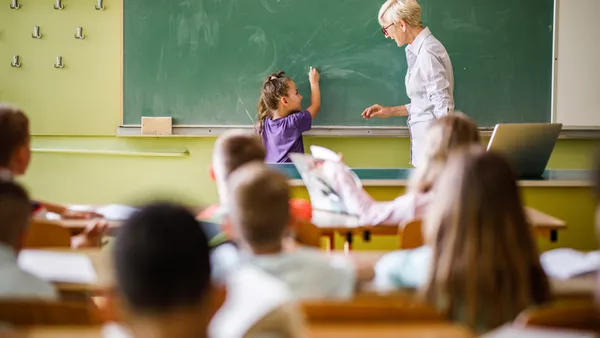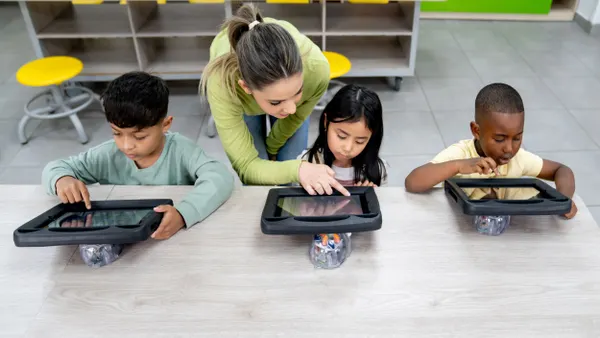At John F. Kennedy Middle School in Northampton, MA, students have been talking with administrators about a planned walkout on March 14 — one to “honor students who have died from gun violence,” says Dinah Mack, the middle school social studies teacher and founder of the Youth Activism 101 blog.
To support the event, the school set a meeting place outside for children who wished to take part, while also ensuring those who wanted to opt out could remain in class as well. These activities dovetail with Mack’s own classroom lessons on justice and protest history.
“In the classroom we viewed the Children’s March and also a documentary about Selma in February,” she says by email. “So we have talked about parallels between the different events and also the impacts of protests and marches to create social change.”
The tragedy that unfolded in Parkland, FL, in February has given rise to student awakening and action around the existence and use of guns in the U.S. Walkouts are planned at schools as well as marches — a reaction honored in our nation’s history as a way to express dissent. It’s hard to teach students about their own country’s background without touching on civic engagement — the American Revolution, after all, is nothing if not a country-wide protest movement. And curriculum designers can also find ways to work more current examples of protest into classroom lessons as well — at any grade level, say educators.
Cross-curriculum opportunities
“There are obvious factors that need to be considered when planning, such as the age of students, time on learning, and accessibility for all students,” says Mack. “Though, it is never too early to start empowering students to have a voice in their community and society.”
Lessons about justice don’t need to come from a textbook. As Laura Tavares, associate program director of staff development for Facing History and Ourselves notes, even the way you place chairs around a room can send a message to students about how their input is valued. Are children seated in rows, where someone may be hidden in the back, or in circles that invite many voices to be heard?
Mack likes to use any material that she says can “reach all learners” when she’s preparing a lesson. For a unit on girls education advocate Malala Yousafzai, she brought together excerpts from her book, a televised interview of a speech Yousafzai gave to the United Nations, and images of the Swat Valley in Pakistan where she lived.
And while history and social studies are natural courses that dovetail with social justice topics, these topics can be woven into other subjects as well. Tavares says in recent weeks she’s heard about a math teacher using statistics related to gun violence as one way to work in a topic which he knew held interest for students into a class not traditionally associated with social studies.
Educator support
Bringing up social justice and history topics is not always easy, notes Tavares, who has worked with the Brookline, MA-based non-profit for the past 11 years. Topics from gun control to immigration can quickly escalate into unpleasant experiences in classrooms. And sometimes students, and educators, don’t feel safe speaking about their opinions.
More than 20% of teachers said that “contentious and disrespectful” behavior had become more common during classroom exchanges during the 2016 election year, according to a 2017 study from UCLA’s “Institute for Democracy, Education, and Access.”
Further, more than 72% of teachers wanted their school leaders to help “promote civil exchange and greater understanding across lines of differences” through professional development.
Tavares concurs that with guidance and backing from administrators, in particular, educators can feel more confident in bringing up topics such as protests and civic engagement, helping to create a space where students can not only explore, but also learn.
“When teachers get more training, self-efficacy increases,” she says. “And they’re more likely to have these conversations.”











